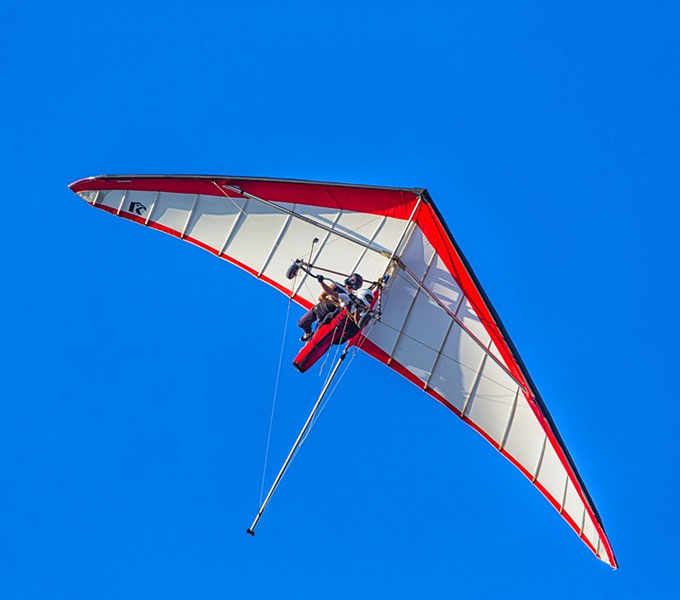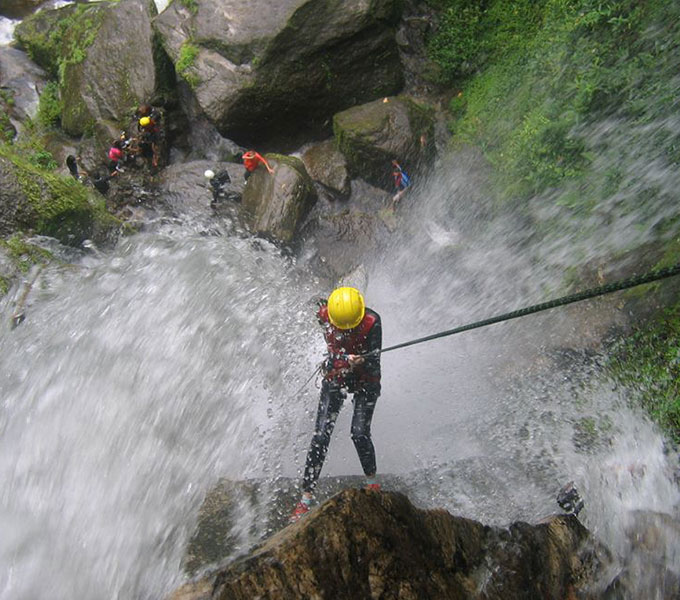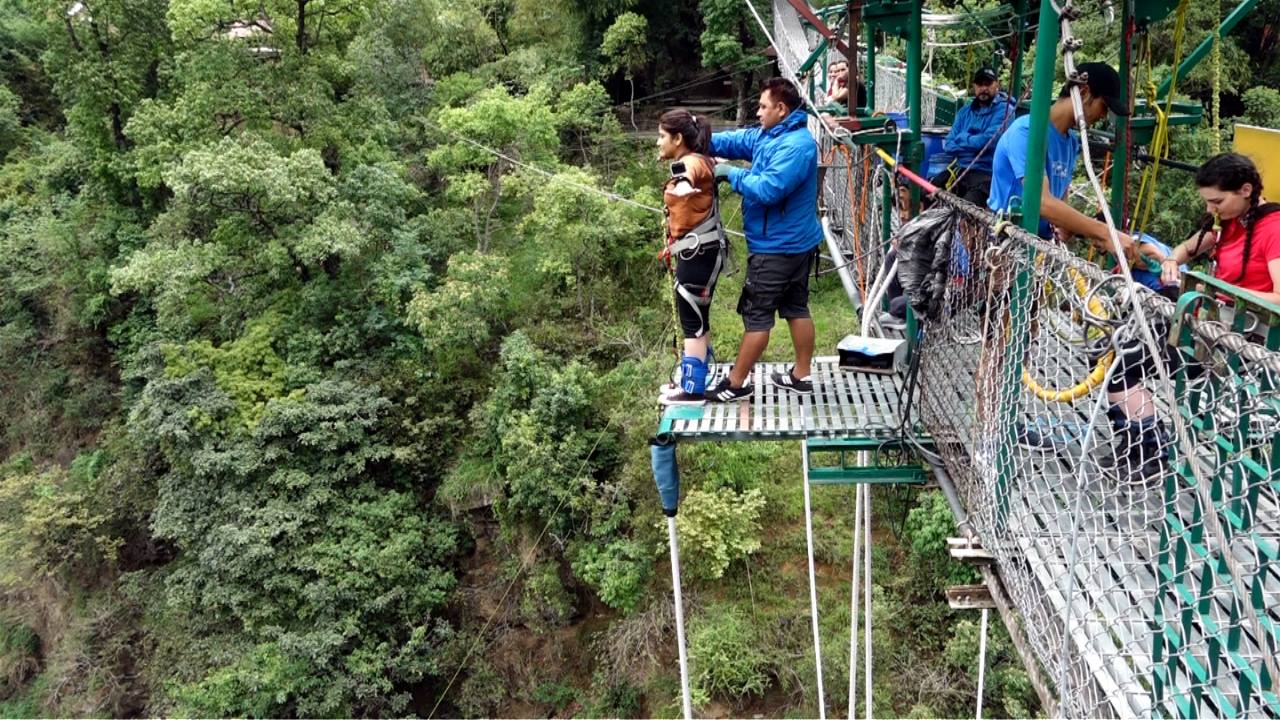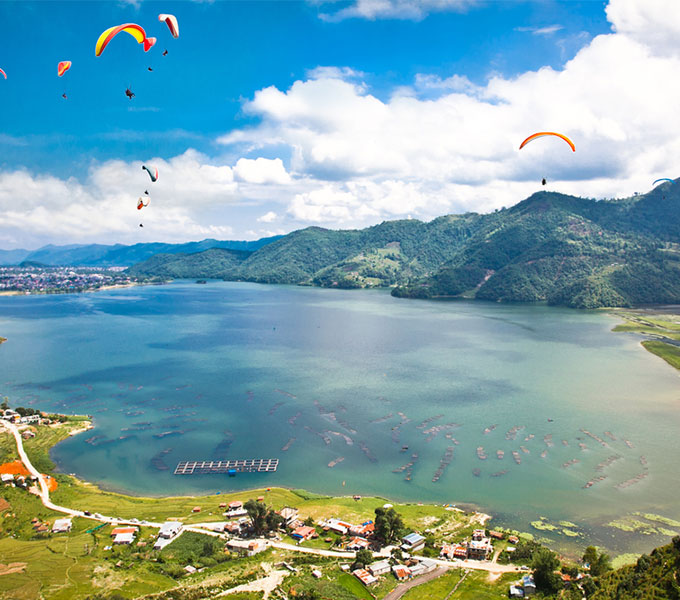- Mobile No
(+977) 9851109501 - Email
info@adventureblossomtreks.com - WhatsApp
(+977) 9851109501
Tsum Valley Trekking
Description
Tsum Valley Trekking is a beautiful Himalayan valley situated in the north of Gorkha. Against the backdrop of the Sringi Himal and Ganesh Himal and Boudha mountain ranges, this beautiful Himalayan valley of Nepal is least explored by the trekkers as compared to Annapurna, Everest, and Langtang regions. Tsum valley is truly rich in ancient art, culture, and religion.
The word ‘Tsum’ is derived from the Tibetan word ‘Tsombo’, which means clear. True to its meaning Tsum valley holds a distinct geographical identity of its own and resources with clear streams, lush vegetation, high mountains, waterfalls, perfect hot springs, and ancient relics. The inhabitants of Tsum valley are mostly of Tibetan origin having their own culture, tradition, and dialect. Trails are strewn with artistic chortens and lined with mani walls made of thousands of stone slabs carved with drawings of deities and inscribed with prayers.
Due to off the beaten track and inaccessibility, this beautiful valley and its people have been bypassed by the mainstream of development for centuries. This is why the unique culture of the valley has still remained intact. People here never kill animals. People still practice polyandry system. They celebrate unique festivals like Faning, Saka Dhacyhang, Lhosar Dawa every year.
The Tsum valley is incredibly rich in wildlife, especially those of Himalayan Thar and Blue Sheep which congregate in herds of 50 to 200. Fish hunting is not allowed in the Tsum Valley. The valley also boasts some unique and historic monasteries that include Rachen Gomba and Mu Gomba, which lie on a pretty plateau nestled in the lap of the valley, and Gomba Lungdang, situated at the base of a conical hill against the main slope of Ganesh Himal.
You will begin the journey with a long drive from Kathmandu to Arughat or Soti Khola and walk up to Mu Gompa (4000m). If you have time and add on visit Ganesh Himal Base Camp and Lungdang Nunnery Gompa, it will be fantastic trekking. The trek ends at Tal and drives back to Kathmandu via Besisahar.
Itinerary
Include
- Pick up & drop to and from Tribhuvan International Airport by private Car/Van/Bus as per group size
- 3-night Hotel accommodation on twin sharing basis with breakfast
- Both way local ground transportation (Kathmandu-Arughat / Besisahar to Kathmandu)
- Special Area permit fee for Manaslu &Tsum Valley
- Manaslu National park fee
- Fresh Meals on full board ( Breakfast+Lunch+Dinner) with Hot drinks and Tea/ Coffee
- An English Speaking Local Expert Trekking Guide, Assistant Guide & Porters ( as per group size)
- Porters to carry member’s baggage during the trek (weight limit 25kg per porter)
- All applicable government taxes/ local charges
- Staff daily wages, insurance, equipment, local ground transport, food, and accommodation
- Documentation charge and all government taxes
Exclude
- International airfare
- Monument Entrance fee during sightseeing in Kathmandu
- Lunch and Dinner during your stay in Kathmandu
- Personal expenses: phone call, laundry, bar bills, battery recharge, mineral water & hot shower
- Rescues, repatriation, medicines, medical tests, and hospitalization expenses
- Additional cost in case of hiring a horse and extra porter
- Clothing packing items or bags, personal medical kit
- Tips for trekking guide and porter(s)
- Any additional services other than specified







